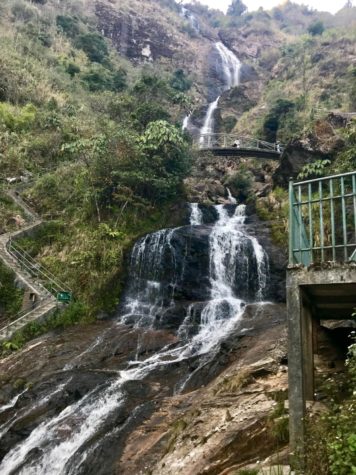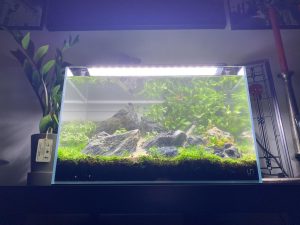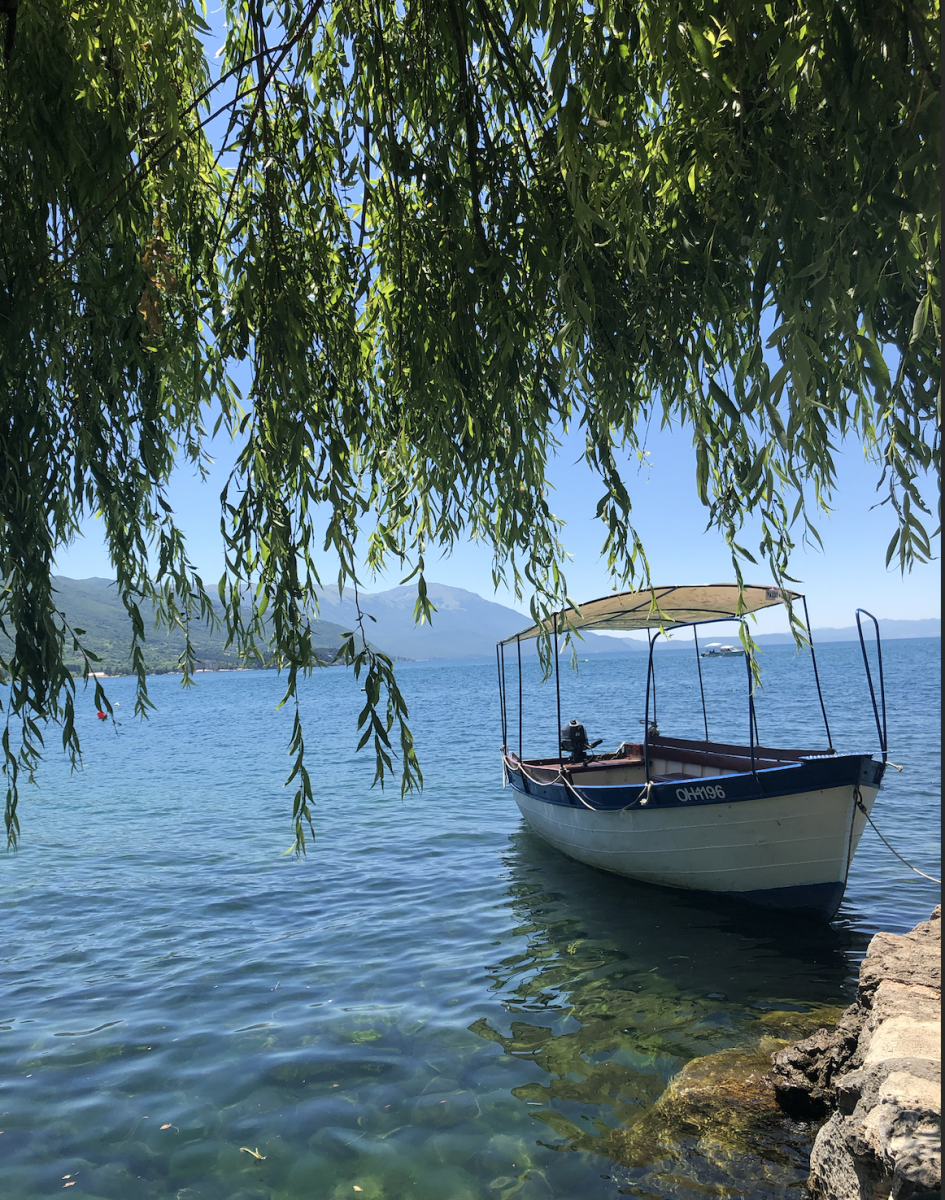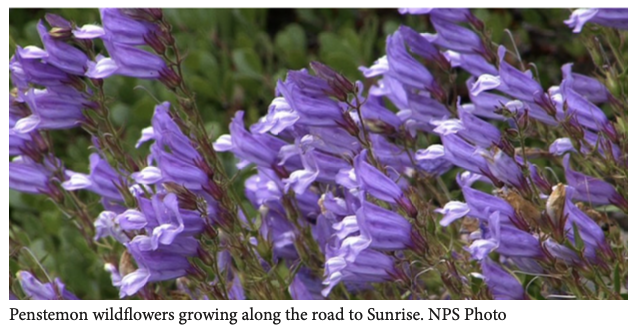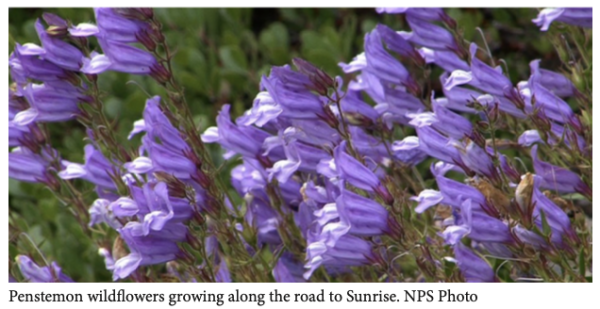Day 4: Sapa
March 15, 2019
About Sapa
by Samantha Salamone
Today, we traveled five hours on a van from Hanoi to Sapa – two very different places. Compared to the bustling city of Hanoi, Sapa is remote, quiet, and serene. Sapa is located northwest of Hanoi in the mountains at nearly 5,000 feet elevation. The road up the mountains kept on winding, and when we thought we couldn’t get any higher, we always did. When we finally arrived in Sapa, we were looking down on the clouds. We haven’t ventured into the town yet, but from what we saw on the bus, Sapa looks calm and welcoming. The view from the top of our hotel is beautiful. We can’t wait to keep exploring this small town and the mountains tomorrow on our trek!

About the Hmong People
by Chanthen Hong
The Hmong people are the biggest ethnic minority group of Vietnam, inhabiting the northern region of the country. They were the first to settle around the Yellow River in China where they depended on farming new pieces of land. By the late 18th century, however, as the population of Han Chinese grew, the Hmong were forced out into the mountains on the borders of Laos, Myanmar, Thailand, and Vietnam. This ethnic group often faced marginalization and persecution as a result of conflicts with Chinese authorities. Their political stances were split between Vietnamese nationalists (Viet Minh) and Christian French supporters.
By the end of the 20th century, there wasn’t enough inhabited land in the region to sustain the Hmong’s traditional type of agriculture, so the government enacted programs that force the Hmong to change their ways of life. They now have to farm on permanent plots of land instead of continually moving to new pieces of land after every harvest.
Today, the Hmong can be found co-existing in a diverse community of four different peoples: the Black Hmong, Flower Hmong, White Hmong, and Green Hmong. Each sects are differentiated by the color of their traditional dress.
In places like Sapa, the Hmong have shifted their economy from agriculture to tourism, selling handcrafted garments, jewelry, house homestays.

Tram Ton Pass
by YoungSeo Jo
The first thing we did in Sapa was drive to a gorgeous view point that overlooked the mountains. Our Sapa Sister trekking guide, Ru, and her younger sister Li led us there. After about twenty minutes of driving up the mountain, we reached a view point where Ru explained to us that the ‘Heaven Gate’ was being constructed. We went up a few steps and arrived at the peak, where the view took our breath away. We were extremely high up and could look down on the tier farming that the villagers looked after. It was a bit foggy but we were lucky it wasn’t raining, something that is usual around this time in Sapa. The view was a combination of farms and mountains, something I have never seen before.
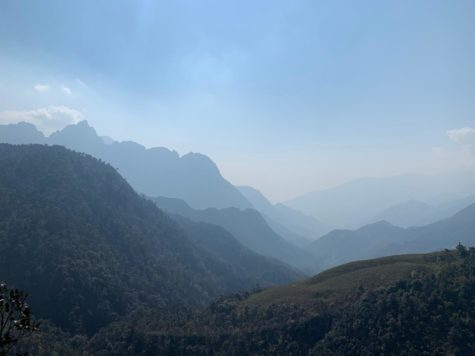
We weren’t the only people who were grateful for the view. With us on the peak, a newly wed couple posed in photos for their wedding. The bride looked absolutely stunning with the background of Sapa, and while they, like us, were struggling with the wind, they were clearly enjoying the view and the nature around them.

It would have been nice to see the finished construction of the Heaven Gate along with the huge Buddha statue, but the view was still indescribable. It was a perfect start and got us excited to immerse ourselves in their culture.
The Love Waterfall and the Silver Waterfall
by Gabrielle Krieger
We then traveled to the Love Waterfall, which holds a story passed on through generations of tribes in Sapa. Our Sapa Sister tour guide, Ru, told us that members of tribes in older times could only marry others of the same tribe. Yet, at one point many years ago, a man and a woman from separate tribes fell in love. Their love was so great, yet their marriage was forbidden by their parents. To stay together, they jumped off the top of the cliff where the water fell and then became the Love Waterfall, together for eternity. Now, in a time when tribes can finally intermarry, it’s a sacred representation of love.
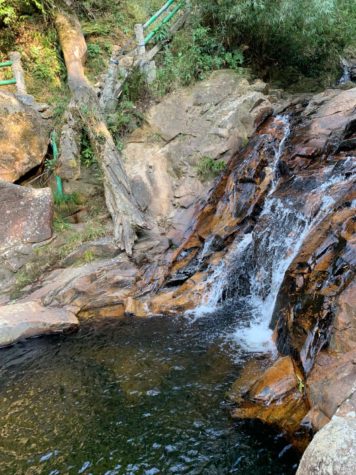
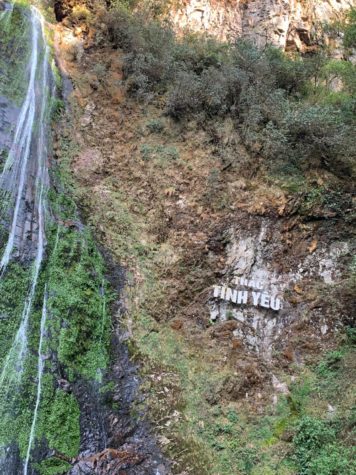
The Silver waterfall Thac Bac is a famous waterfall in Sapa. At the top of the many steps, there’s a bridge with the perfect view of the waterfall. The climb up to silver waterfall was worth the view. After the long bus ride, climbing up the stairs and stretching our legs felt great. Although we were there only for a few minutes, it took our breath away.
